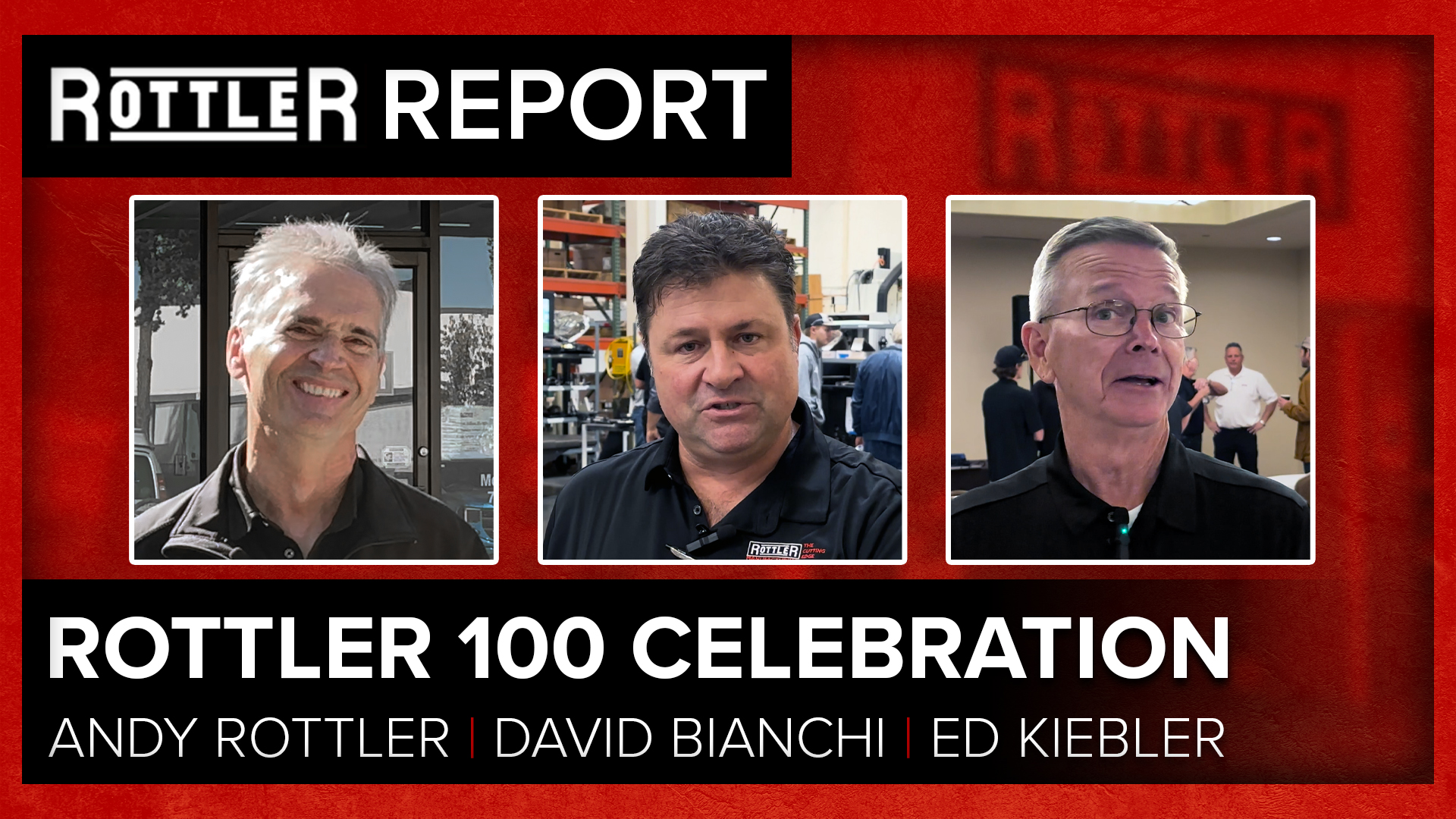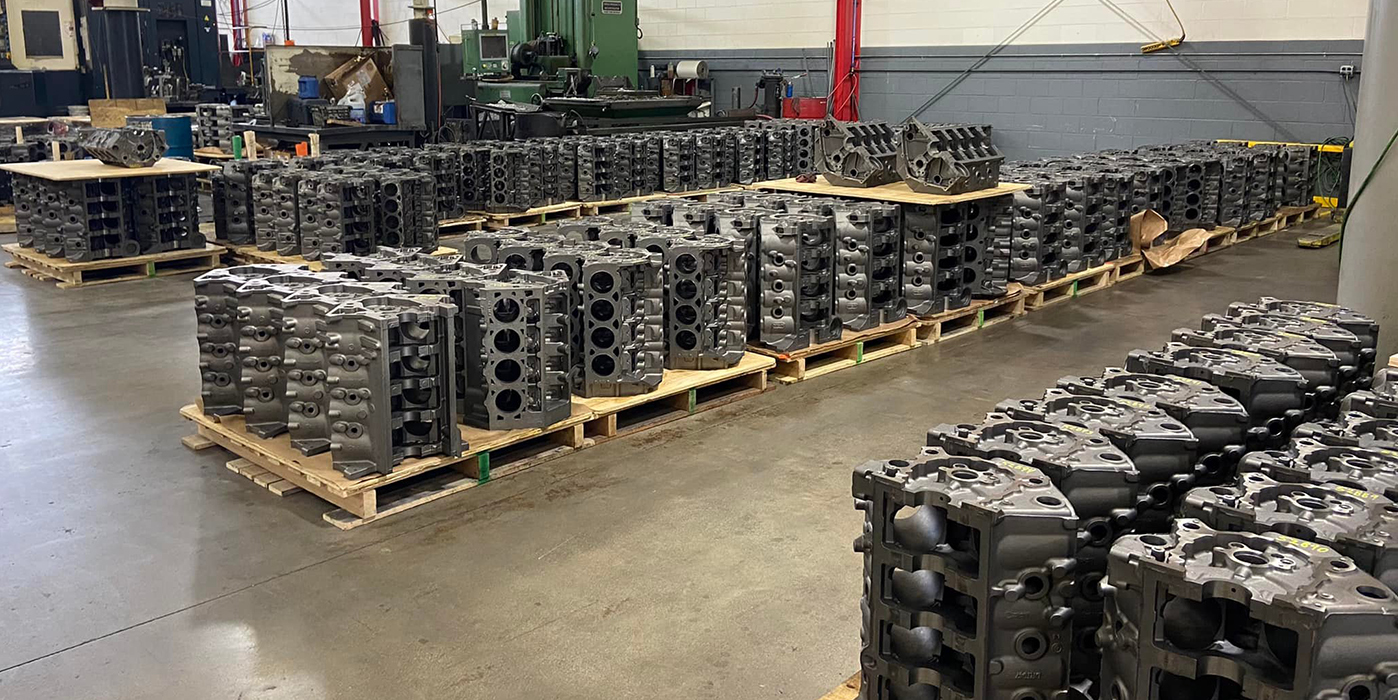It was Aretha Franklin who said, ‘You better think…’ many years ago, and while she wasn’t speaking about engine building, the statement still applies to the engine builder’s business.
Too often in this industry, and in any business for that matter, the status quo or how things have always been done is the standard. In today’s competitive marketplace, doing things the same old way doesn’t cut it. So how do you break out of tradition, old habits or routines? You have to think.
I recently spoke with Jake Raby of Raby Enterprises, who found a niche market for his business. As a Porsche engine rebuilder, Jake found a faulty IMS bearing on the M96 and M97 Porsche engines. The Porsche IMS bearing supports the shaft that drives the timing chains. If it fails, not only does it throw the engine out of time, but it spread debris throughout the engine. Obviously, not a good thing for Porsche owners with those engines.
Raby discovered this issue and created a solution for it. This occurred during the Great Recession and because he found a fix to a problem few knew existed or could properly repair, his company not only didn’t suffer from the down economy, it grew 200 percent.
“The main thing that somebody has to do is think,” Raby says. “You have to do things before they are necessary. Before customers start bringing you engines that have a problem, you have to get ahold of one of those engines, whether you buy one new or get one from a salvaged car.”
Jake is doing this again with the new Porsche 9PA2 or 9A2 engines, which have a new design with turbocharging.
“The first thing we did when we saw those engines were released was we saw these engines had a plastic sump plate,” he says. “That makes no sense. Before the engines were released, we found a part number for that part and ordered one. Now we are creating a billet CNC aluminum replacement for it, and the cars haven’t even been sold yet.”
That’s a good example of what you have to do. You have to be looking at pictures, advertisements and things OEMs are touting as new benefits, and you have to be looking at it from the perspective of what problems this is going to cause. There is a lot of risk involved with it and also a lot of foresight involved.
Raby compares it to when Apple comes out with a new iPhone – you don’t want to buy it the first few weeks or first month that it’s out until all the bugs are fixed. The same thing goes for new model year OEM engines and parts.
“When manufacturers release something that is new, they often do it just to be the first kid on the block with it,” he says. “As developers, we look at it as a new opportunity.
“There has to be something that they didn’t do, something not proven, something they haven’t tested well enough, and those things could be problems. You have to then think about what that problem could be and start developing a fix for it before it turns out to be a problem.”
If you as an engine builder wait for engines to come to you with a problem, you’ve waited too long. If you wait until a problem shows up, then everybody else knows about it too and you’ll have a lot of competitors. If you are on the leading edge of it and you find a problem first, you can have your fix already developed and proven before others even know there is a problem.
To find potential issues, Raby suggests that there are several steps you can take:
1.
Identify what doesn’t make sense. Not every idea from the OE is a good one.
2.
Test what was changed from previous iterations.
3.
Test plastic or other ‘cheap’ material parts for weaknesses.
4.
Try to identify why a component might not work right – procedure.
Thinking outside the box is what will separate the men from the boys from this point forward. Find your niche with some of these potential solutions, and your business could flourish. You better think. n











